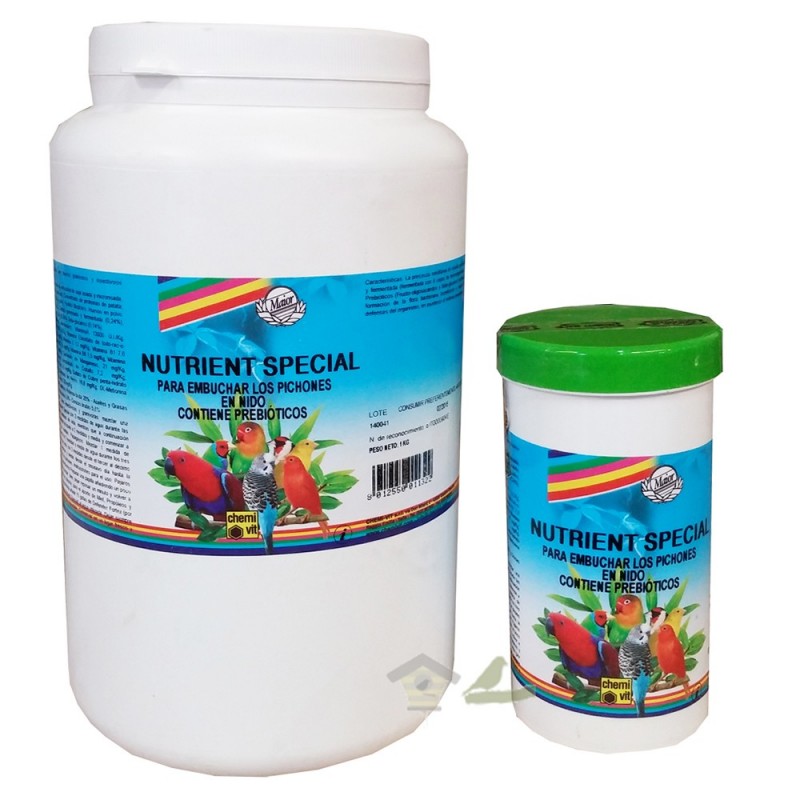

Longitudinal Growth and Health Outcomes in Nutritionally At-Risk Children Who Received Long-Term Nutritional Intervention (Huynh DTT et al., 2015).Įffect of Oral Supplementation on Catch-Up Growth in Picky Eaters (Alarcón PA et al., 2003). Impact of Long-Term Use of Oral Nutritional Supplement on Nutritional Adequacy, Dietary Diversity, Food Intake and Growth of Filipino Preschool Children (Huynh DTT et al., 2016).
#Photo plus nutrient trial
542.Effect of Oral Nutritional Supplementation on Growth and Recurrent Upper Respiratory Tract Infections in Picky Eating Children at Nutritional Risk: A Randomized, Controlled Trial (Ghosh AK et al., 2018) *** The ASPEN Pediatric Nutrition Support Curriculum, 2nd ed. ** Effect of Oral Supplementation on Catch-Up Growth in Picky Eaters (Alarcón PA et al., 2003). The next time you see a forest floor carpeted with dead leaves or a dead bird lying under a bush, take a moment to appreciate decomposers for the way they keep nutrients flowing through an ecosystem.* Department of Science and Technology - Food and Nutrition Research Institute. Formulated with calcium, protein & vitamins, regain strength for a healthy. One slice (81 grams) of liver gives more. 3 ounces (85 grams) of ground beef provide almost 30 of the Daily Value (DV). Instead, fungi get all their nutrients from dead materials that they break down with special enzymes. Enercal Plus is a nutrient-dense milk powder for adults & elderly. The best dietary sources of heme iron include ( 7 ): Red meat. But fungi do not contain chlorophyll, the pigment that green plants use to make their own food with the energy of sunlight. Some kinds of fungi, such as mushrooms, look like plants. Fungi are important decomposers, especially in forests. Zinc is included in the following micronutrient combination fertilizers: Micro400, Micro500, Micro600, accesS, FertiRain, Fase1. It is ideal for correcting zinc deficiencies prior to planting to prevent stunted growth and reduced yields. They include fungi along with invertebrate organisms sometimes called detritivores, which include earthworms, termites, and millipedes. Our liquid zinc fertilizer is derived from zinc sulfate. Other decomposers are big enough to see without a microscope.


Most decomposers are microscopic organisms, including protozoa and bacteria. Thanks to decomposers, nutrients get added back to the soil or water, so the producers can use them to grow and reproduce. Others are generalists that feed on lots of different materials. Photosynthesis Plus Microbe Life Hydroponics RMBA 21.50 Shipping calculated at checkout. Some decomposers are specialized and break down only a certain kind of dead organism. All of these components are substances that plants need to grow. Decomposers break apart complex organic materials into more elementary substances: water and carbon dioxide, plus simple compounds containing nitrogen, phosphorus, and calcium. Imagine what the world would look like! More importantly, decomposers make vital nutrients available to an ecosystem’s primary producers-usually plants and algae. Without decomposers, dead leaves, dead insects, and dead animals would pile up everywhere. They perform a valuable service as Earth’s cleanup crew. Decomposers feed on dead things: dead plant materials such as leaf litter and wood, animal carcasses, and feces. When you have an empty bottle, do you recycle it so the plastic or glass can be used again? Nature has its own recycling system: a group of organisms called decomposers.


 0 kommentar(er)
0 kommentar(er)
